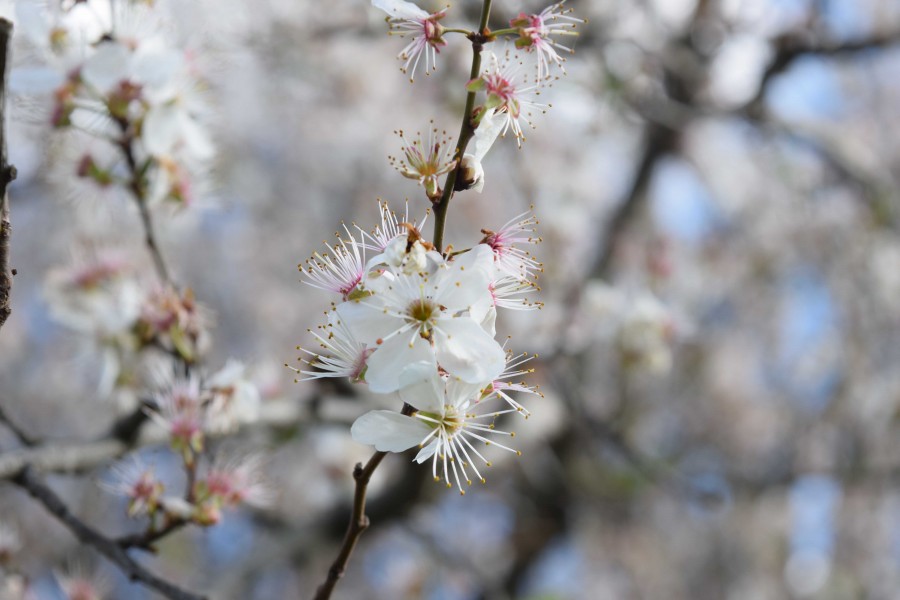April Showers…
March 20, 2015
Tardiness is something most students fear, that pounding in the chest that comes with walking up to the 3rd floor of the Humanities building before Mr. Huard speaks the dreaded words “Do you have a note for me?” The lecture has already started, there is a discussion taking place and the late student is completely lost. Class goes all wrong just because of timing.
Think of this in a more natural sense. We’ve all heard the term “April showers bring May flowers,” but nowadays it’s more like “February showers bring March flowers.” According to an analysis of temperature data, spring is coming 10 days earlier, on average, across the Northern hemisphere. This is called, “Spring Creep.”
So what does this mean for Ashland? Well, experts don’t know a ton about the effects of Spring Creep on plant life, but some plants have a deterministic cycle. That means that if they come up early, the system shuts down. Other plants function indeterministically, so they continue to grow and grow no matter when they bloom. The temperatures also affect insects, leading scientists to believe that there is a direct correlation between the blooming of flowers and insect activity. This doesn’t only affect flowers, however, crops can also be impacted by false spring. Early blooms are subject to freezing later, which can lead to problems for food supplies.
Spring Creep has a domino effect on the climate. Earlier snow melt means more water goes into dams, and this overabundance early in the season could lead to water shortages in the summer, much like what happened last year. No one wants more dams, which is really the only solution to these shortages.
This shortage of water can be bad during fire season, which is another effect of early spring. Rising temperatures combined with early snow melt has been proven to lead to forest fires in areas that don’t experience frequent natural fires. The American West relies heavily on snow melt, meaning that these areas dry out sooner and are more susceptible to forest fires. When fires burn through wooded areas, this takes away the natural habitat of many animals and decreases the biodiversity of the region. Not only does burning mean less habitat, but an increased carbon output. This CO2 would usually be absorbed by the trees that are being burnt down.
The 70 degree temperatures in March, while they feel nice, have an adverse influence on our climate. In 2015, it is likely that fire season will be intense, water shortages plentiful and temperatures hot. To help lessen the effects of this early spring on the valley summer, turn of the water when brushing your teeth, limit shower times and only wash full loads of laundry.

